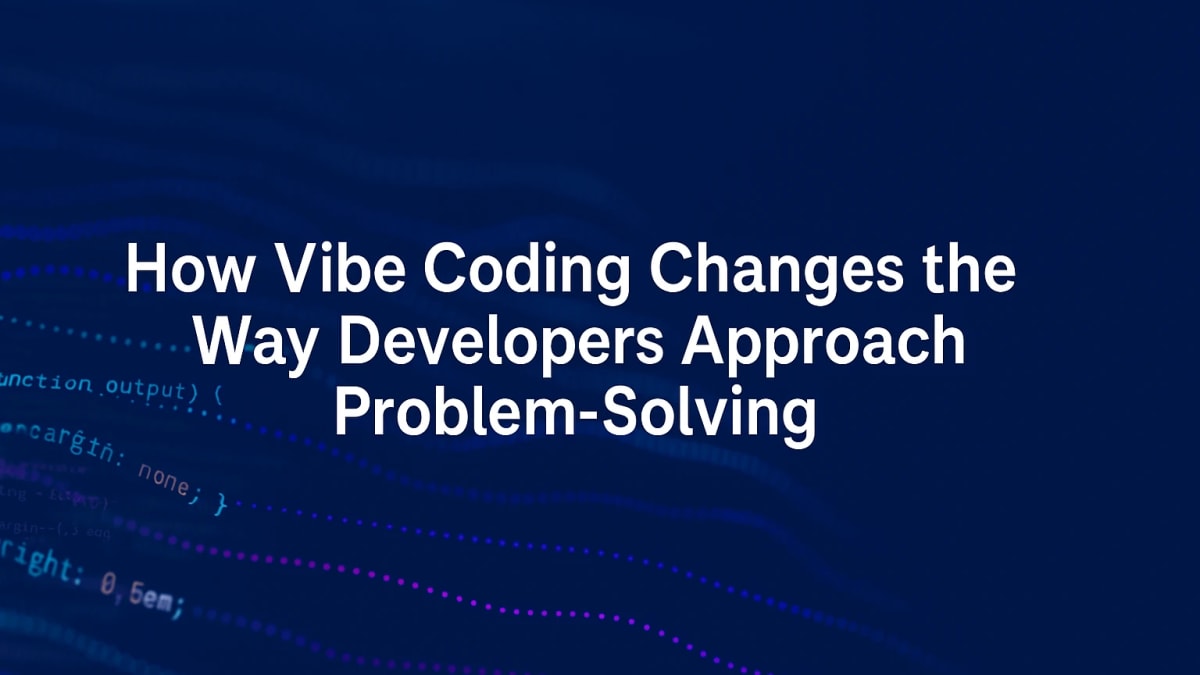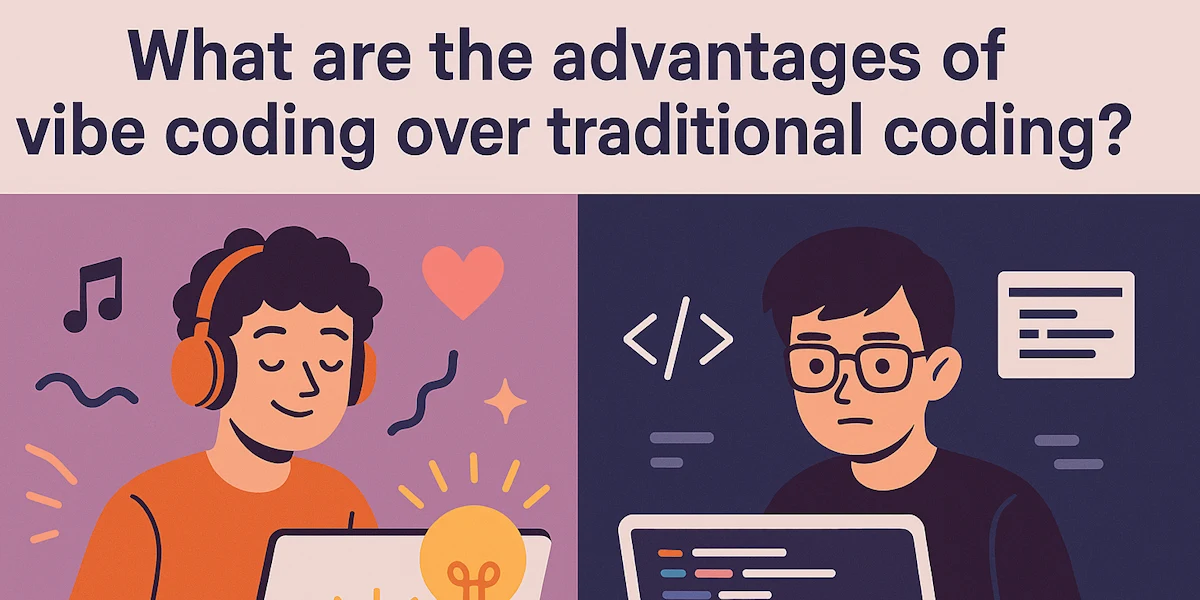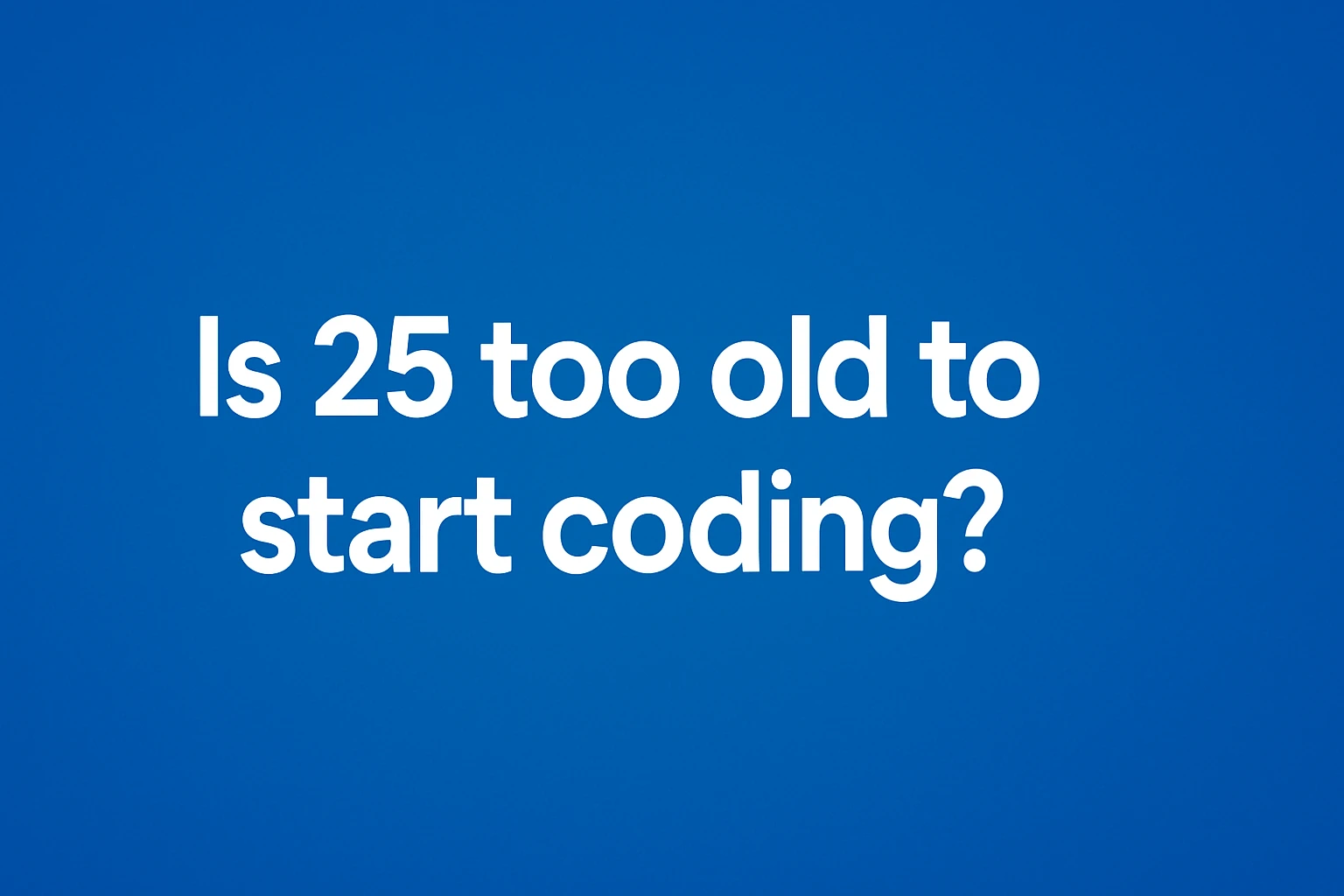How Does Vibe Coding Change the Way Developers Approach Problem-Solving

Introduction to Vibe Coding and Its Impact on Modern Development
Vibe coding has emerged as a transformative methodology that fundamentally reshapes how developers analyze, structure, and resolve complex coding challenges. Unlike conventional approaches that often rely on static, linear thinking, vibe coding introduces a dynamic, iterative, and collaborative problem-solving model. By incorporating real-time feedback loops, continuous improvement cycles, and context-aware decision-making, developers are able to produce cleaner code, faster results, and more innovative solutions.
Reimagining Traditional Debugging Through Vibe Coding
Traditional debugging often demands painstaking examination of code, isolated from its broader context. Vibe coding revolutionizes this process by integrating real-time collaboration tools and AI-assisted diagnostics. With vibe coding, developers identify root causes faster, share findings instantly across teams, and apply fixes that align with the entire system's architecture rather than isolated components. This shift leads to dramatically reduced debugging cycles and enhanced code reliability.
Enhancing Collaborative Problem-Solving With Vibe Coding
One of the most significant contributions of vibe coding is its ability to foster seamless team collaboration. Developers can co-create solutions in live environments, merging their expertise effortlessly. This eliminates bottlenecks where individual silos hinder progress. Through shared coding spaces, instant messaging integrations, and version-controlled experiments, teams experience greater alignment, reduced miscommunication, and enhanced collective intelligence.
Accelerating Prototyping and Innovation
Vibe coding accelerates the creation of prototypes and minimum viable products (MVPs). The fluidity of the vibe coding environment allows developers to experiment boldly, test ideas on the fly, and validate concepts with minimal overhead. The result is a significant reduction in time-to-market, enabling businesses to respond rapidly to market demands and stay ahead of competitors.
Improving Code Quality Through Continuous Feedback Loops
The hallmark of vibe coding is the establishment of continuous feedback loops. Unlike traditional methods where code reviews happen at fixed milestones, vibe coding enables instant feedback at every step. This ensures that errors are caught early, design patterns are adhered to consistently, and technical debt is minimized. Developers can refine their code continuously, leading to higher-quality, maintainable, and scalable software solutions.
Context-Aware Development and Adaptive Coding Practices
Vibe coding places a strong emphasis on context-aware development. Developers are encouraged to consider the broader implications of their code — from performance impacts to security concerns and user experience nuances. This holistic approach ensures that solutions are not just technically sound, but also optimized for real-world application scenarios.
Elevating Developer Productivity and Morale
By eliminating tedious manual processes and creating an environment that celebrates creativity and experimentation, vibe coding significantly boosts developer productivity and job satisfaction. The immediate visibility of progress, coupled with the empowerment to iterate rapidly, fosters a sense of ownership and accomplishment within development teams.
Integrating AI and Automation Seamlessly
Vibe coding naturally aligns with AI-driven tools and automation frameworks. Developers can leverage intelligent assistants for code suggestions, error detection, and optimization tips without breaking their flow. This integration not only improves efficiency but also elevates the overall quality of problem-solving outcomes by providing data-backed recommendations in real time.
Optimizing Resource Utilization in Development Workflows
Resource management is critical in any development cycle. Vibe coding introduces mechanisms for better resource utilization, ensuring that compute power, storage, and developer time are allocated efficiently. Teams can identify bottlenecks early, reassign tasks dynamically, and make data-driven decisions on scaling resources according to project needs.
Promoting a Culture of Continuous Learning
Vibe coding inherently encourages continuous learning and professional growth. Developers are exposed to diverse coding styles, frameworks, and problem-solving strategies as they collaborate within vibe coding environments. This exposure accelerates skill development and keeps teams at the forefront of technological advancements.
Facilitating Cross-Platform Development and Integration
In today’s multi-platform landscape, vibe coding proves invaluable by enabling smooth cross-platform development. Developers can build, test, and deploy applications across various ecosystems without redundant work. The unified vibe coding environment ensures consistency, compatibility, and streamlined integration across web, mobile, and desktop applications.
Supporting Scalable and Modular Codebases
Scalability and modularity are crucial for modern software. Vibe coding encourages developers to design code that is modular, reusable, and easy to scale. This forward-thinking approach minimizes future refactoring efforts and allows teams to adapt quickly to changing business requirements.
Driving Data-Driven Decision Making
Vibe coding integrates with analytical tools that provide insights into code performance, user interactions, and system health. Developers are equipped to make informed, data-driven decisions, ensuring that solutions are not only technically robust but also aligned with user needs and business objectives.
Reducing Time-to-Resolution for Production Issues
When production issues arise, vibe coding helps teams diagnose, triage, and resolve problems swiftly. The collaborative environment, combined with real-time monitoring integrations, allows for instant visibility into failures and rapid deployment of fixes, minimizing downtime and user disruption.
Conclusion: The Future of Developer Problem-Solving with Vibe Coding
Vibe coding represents a paradigm shift in how developers tackle challenges, collaborate, and deliver high-quality software. By promoting real-time collaboration, continuous feedback, context-awareness, and automation, vibe coding equips teams with the tools and mindset needed to navigate modern development complexities with agility and precision.

Deepak
Vibe Coder specializing in AI-powered development and software architecture.


